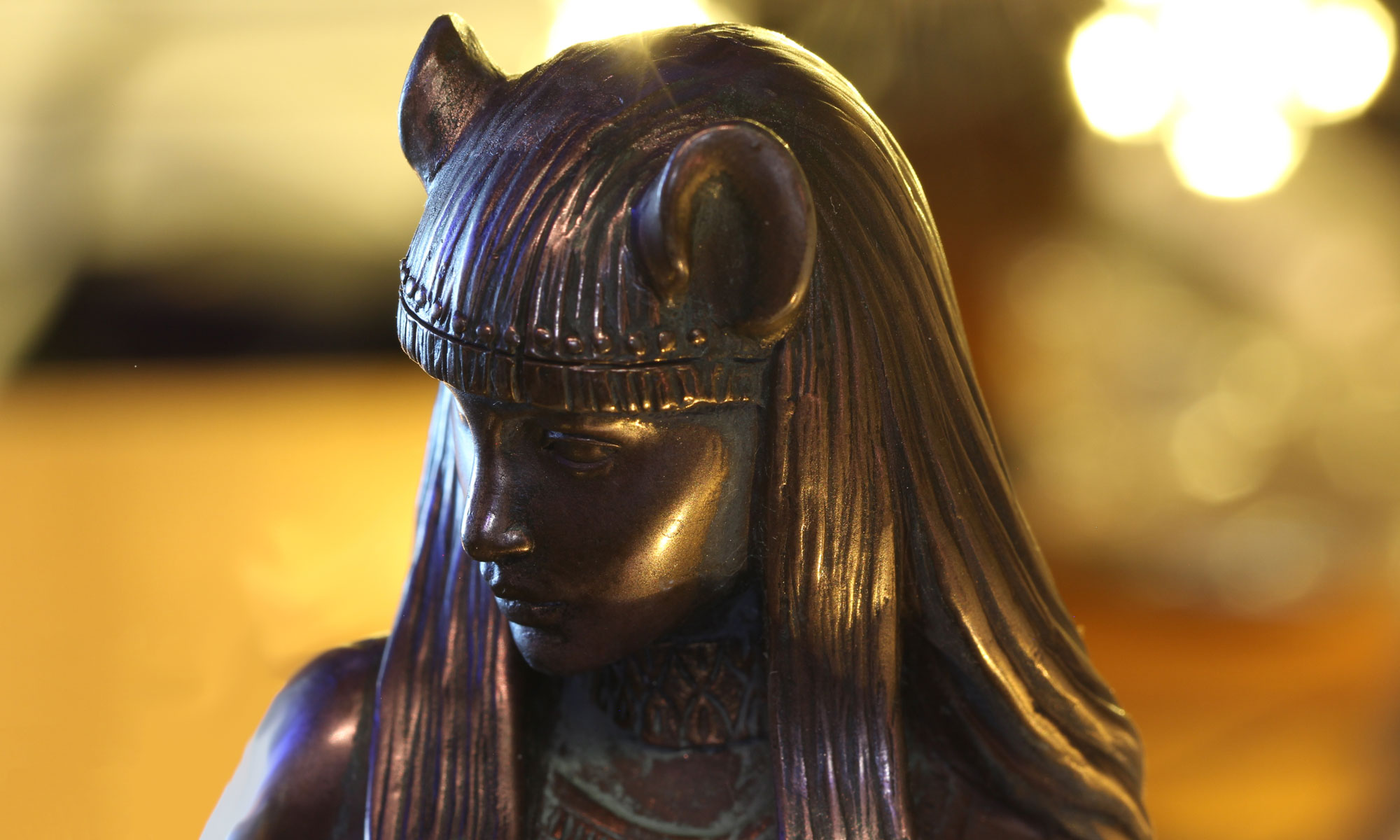 Miriam Robbins Dexter holds a Ph.D. in ancient Indo-European languages, archaeology, and comparative mythology, from UCLA. She has published Whence the Goddesses: A Source Book (1990) and Sacred Display: Divine and Magical Female Figures of Eurasia (2010) as well as scholarly articles and encyclopedia articles on ancient female figures. She edited and supplemented Marija Gimbutas’ The Living Goddesses (1999.) She teaches at UCLA. Additionally, she serves on the Advisory Board for ASWM.
Miriam Robbins Dexter holds a Ph.D. in ancient Indo-European languages, archaeology, and comparative mythology, from UCLA. She has published Whence the Goddesses: A Source Book (1990) and Sacred Display: Divine and Magical Female Figures of Eurasia (2010) as well as scholarly articles and encyclopedia articles on ancient female figures. She edited and supplemented Marija Gimbutas’ The Living Goddesses (1999.) She teaches at UCLA. Additionally, she serves on the Advisory Board for ASWM.
“Sacred Display”: Divine and Magical Female Figures of Eurasia
Depictions of erotic and magical goddesses and heroines occurred in numerous ancient cultures from about 8000BCE into historic times, from Asia to western Europe.
The magical and/or divine qualities of these goddesses as paintings, statues, and seals are often indicated by a dance or stance in which they display their genitals. From their placement, and from early historic texts, we find that these female figures have been considered apotropaic – capable of warding off enemies – and protective. Further, these Display figures give fertility and strength to the peoples of their cultures by means of their magical erotic powers. This presentation interprets images of prehistoric display figures and powerful historic figures such as Kali, Medusa, and Irish Sheela na gigs, with this question in mind: what do these figures have to tell us about the sacred qualities of the vulva, and why is this important for women today?


You must be logged in to post a comment.